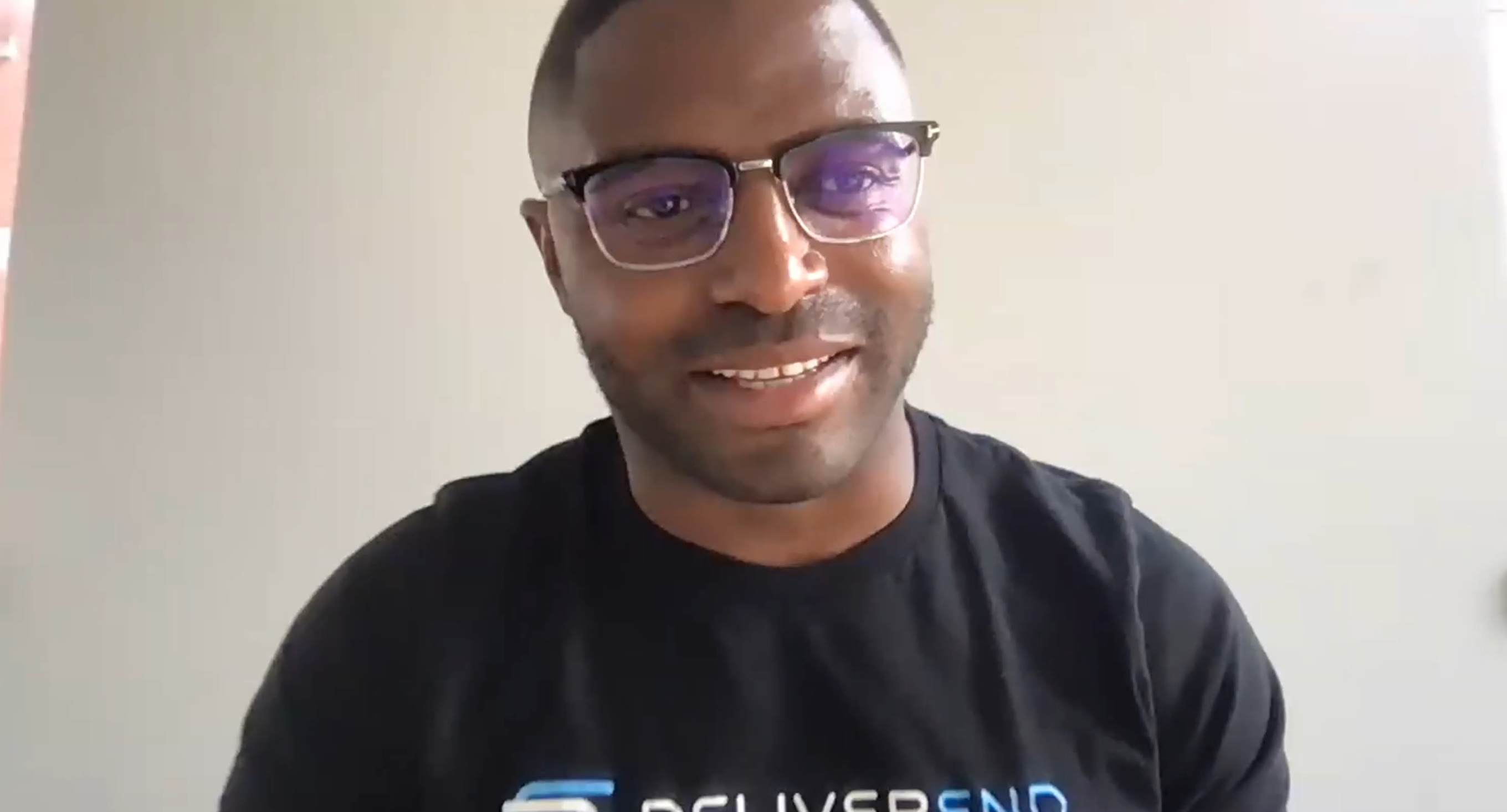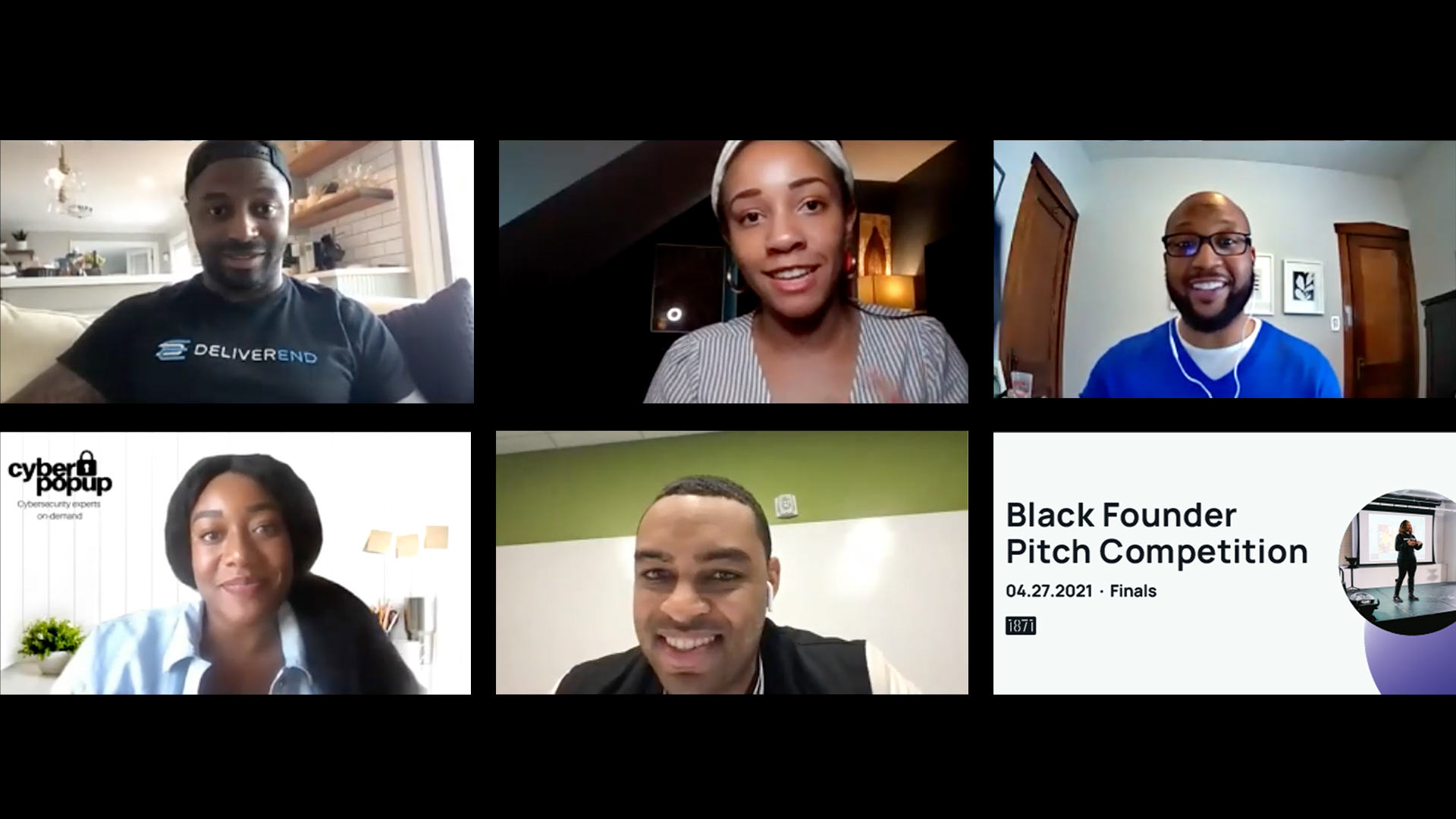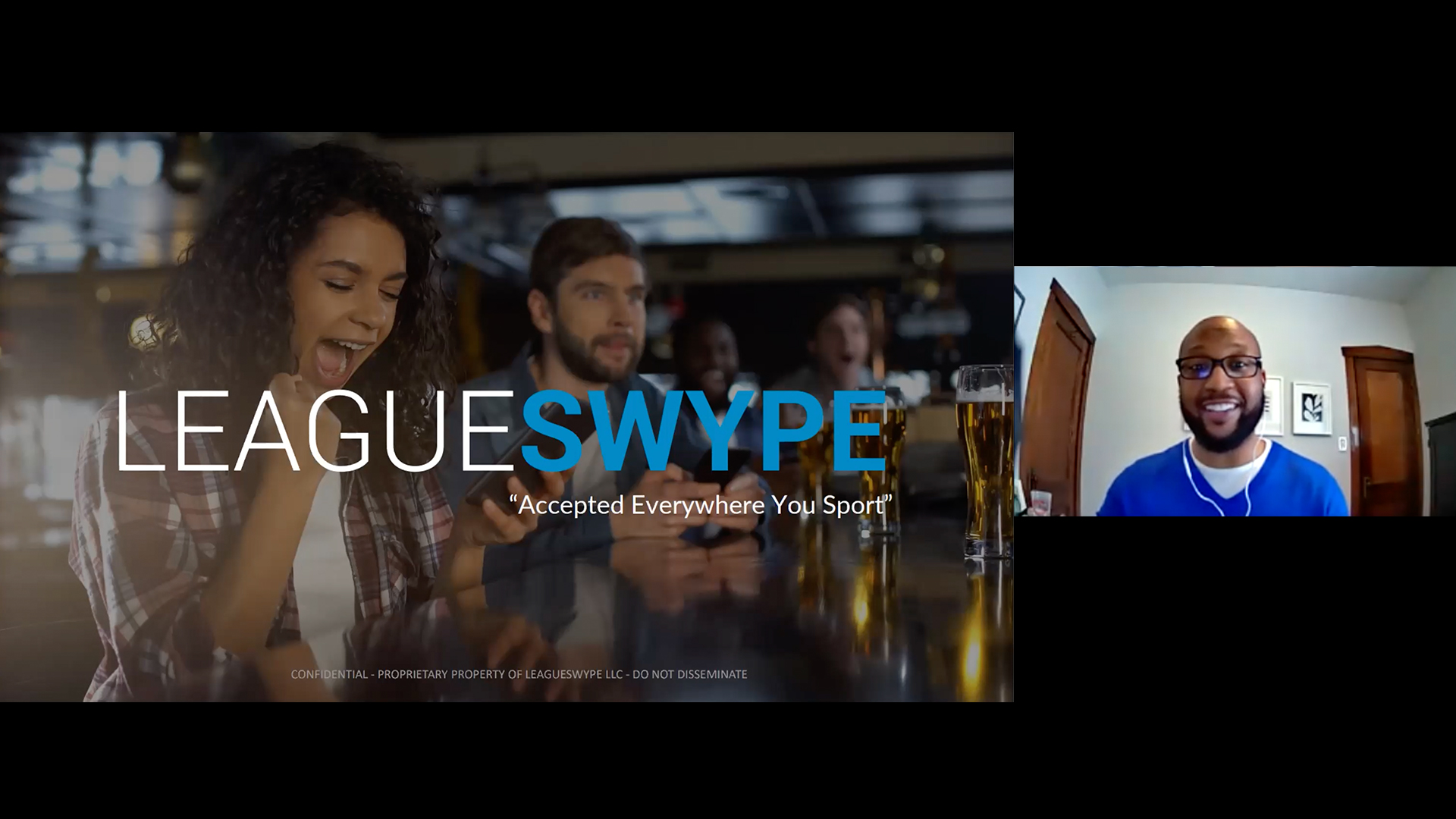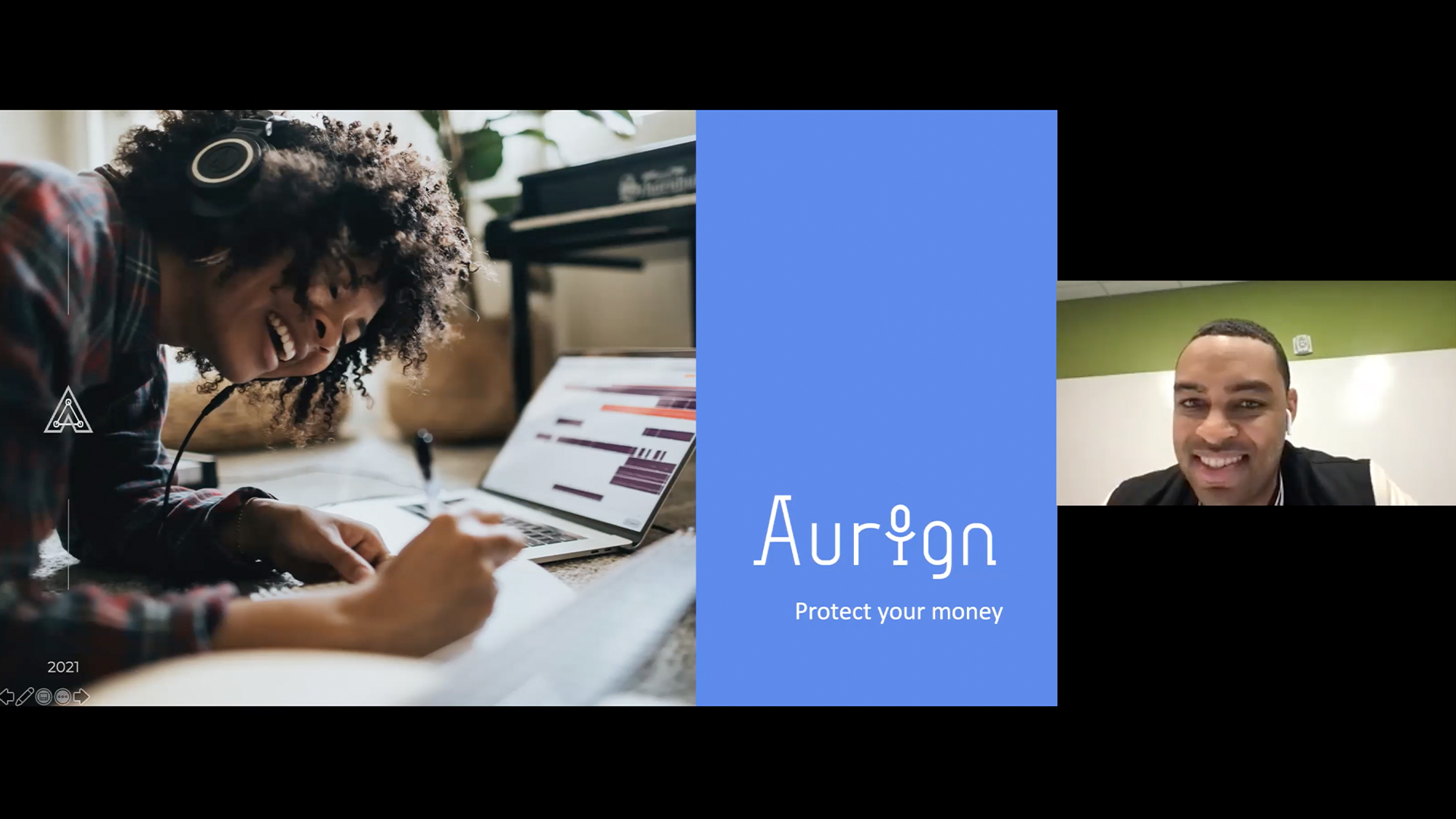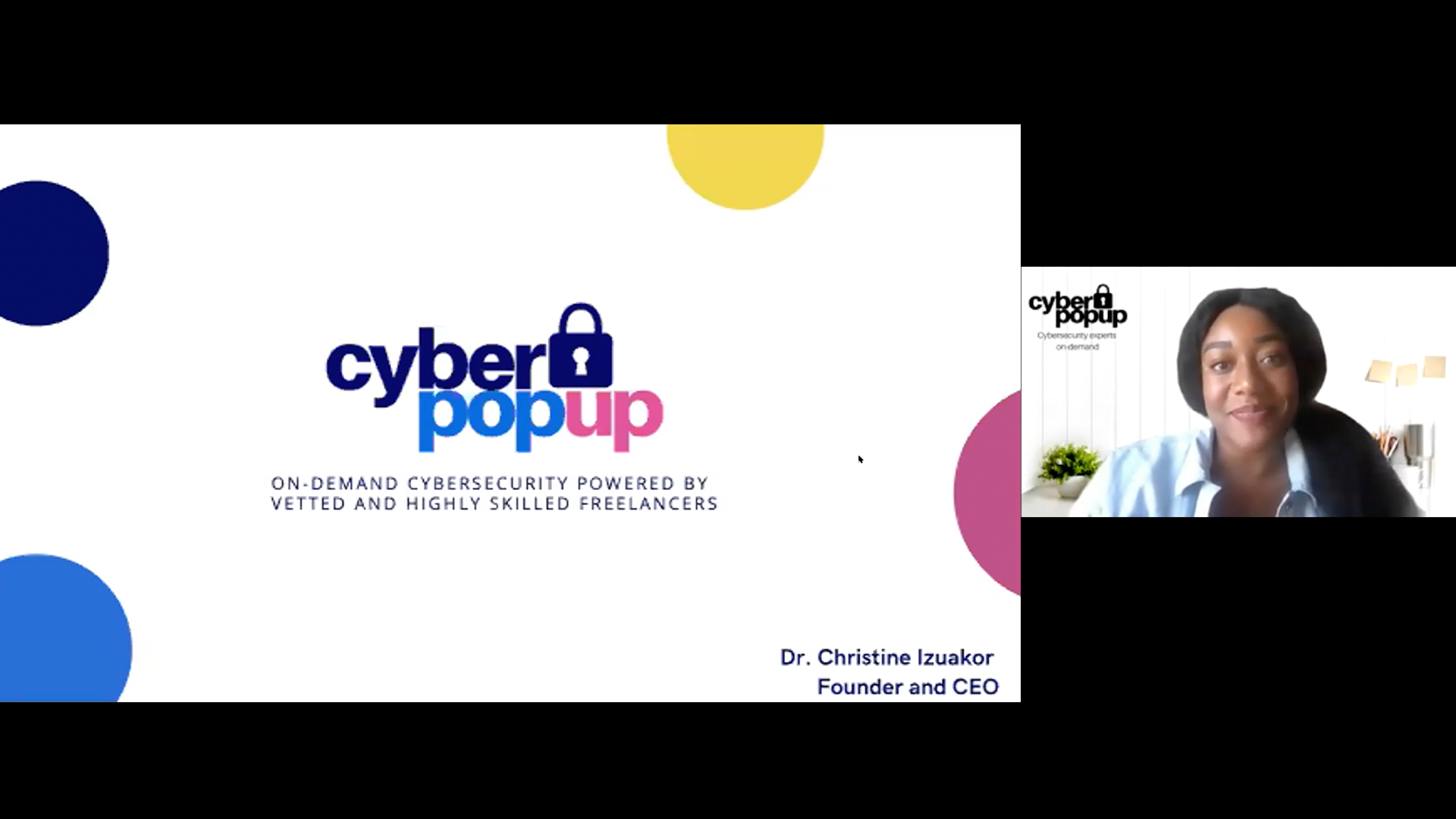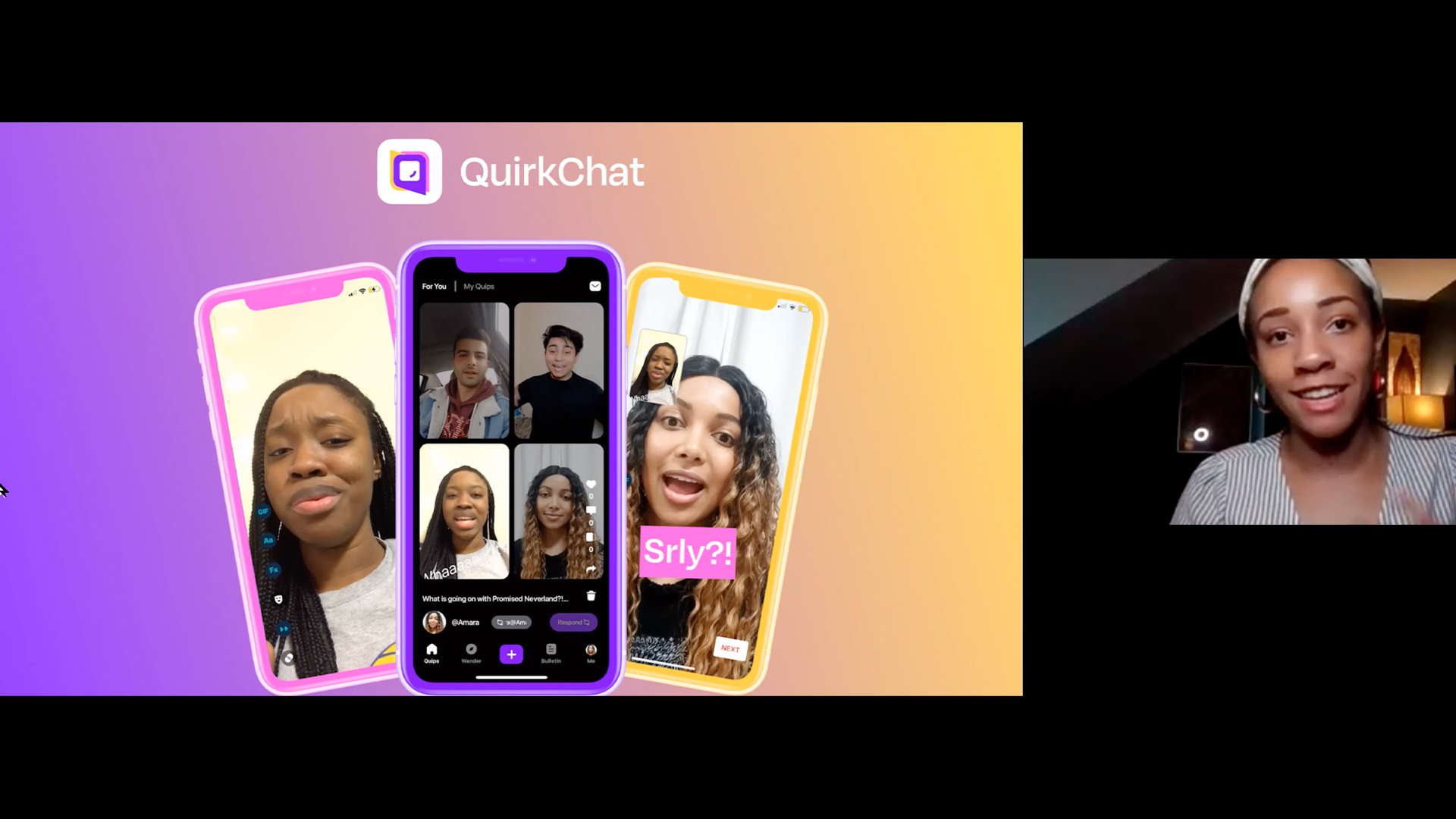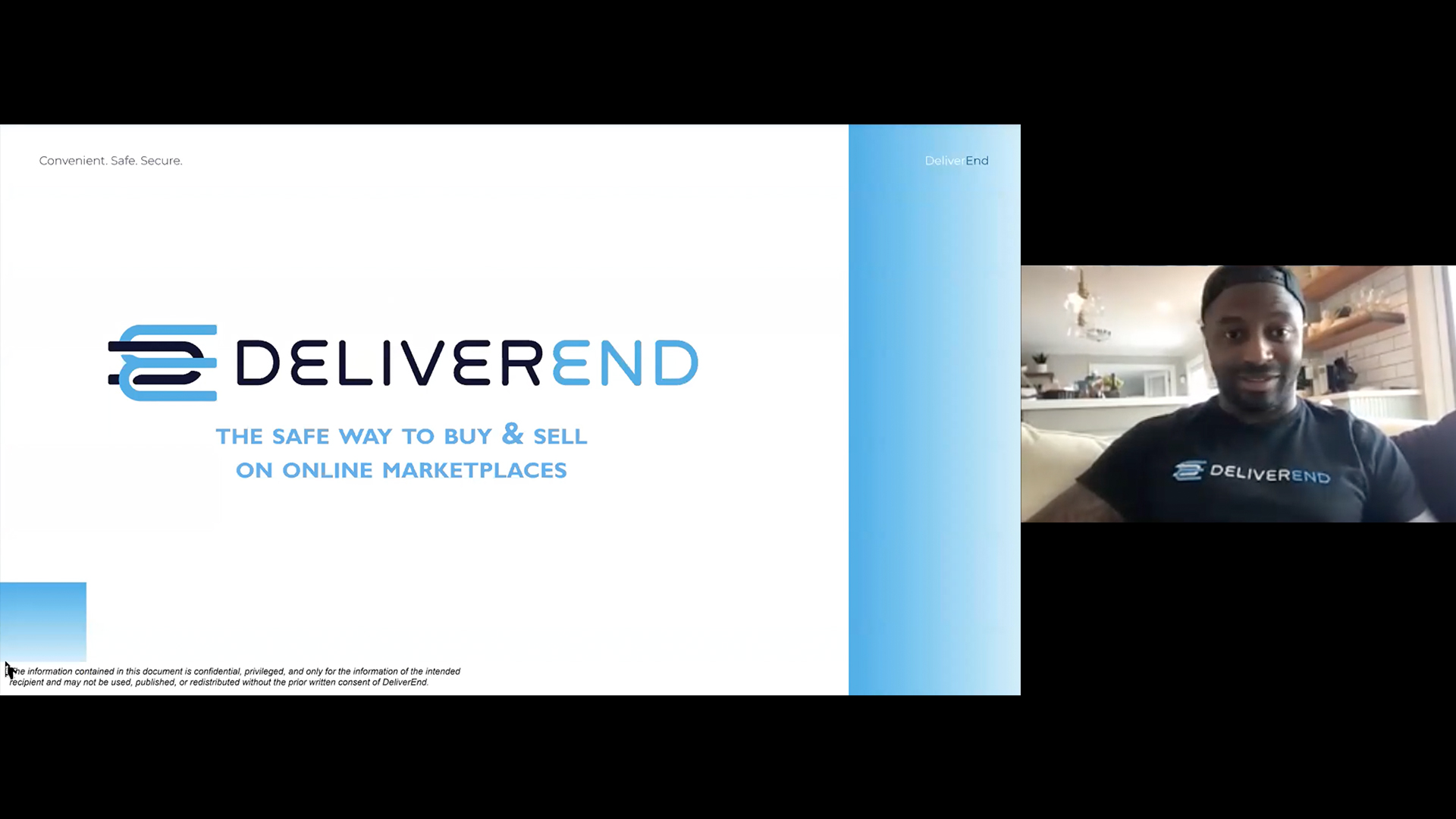From a CFO at 25 to a leading innovator in the financial services sector, Kristi Ross shares her path toward creating change and the lessons she learned along the way
It’s no secret that trading is a historically white male-dominated industry. So when Tom Sosnoff shared with Kristi Ross his vision for tastytrade, she saw and embraced the opportunity to build a platform that not only makes trading stocks and options fun and actionable, but also more accessible, equitable, and diverse. They launched tastytrade together in 2011.
Today, tastytrade proudly empowers a new generation of entrepreneurs to break through the traditional barriers to entry as the most watched financial network in the United States. In January 2021, the company agreed to be acquired by IG Group for a remarkable $1 billion, further cementing its status in the business world and marking an important milestone in Kristi’s journey of paving the way for other female entrepreneurs to follow.
Kristi Ross is a leader with a mission. From her time as CFO of one of the most innovative brokerage firms to building her own business back in 1996, she has worked to make Chicago a city that breeds tech innovation and continues to lead the charge in supporting fellow women in the financial sector to stand up together.
“I think everyone would agree that Kristi Ross is among the most successful female entrepreneurs in Chicago,” 1871 CEO Betsy Ziegler said. “In the three years I’ve known her, I’ve seen firsthand how much she gives to everyone and how much she cares about creating a path toward success for other women. Kristi is leading the way when it comes to building a better tech community and city.”
We spoke with Kristi to learn more about her long career of empowering others to disrupt the status quo and the top lessons she learned along the way.
Lesson 1: Don’t run away from conflict and failure. Embrace them.
Kristi learned early in life about the tools necessary when building a business by watching her parents, whose unwavering work ethic became her own model for her career. Growing up in Wisconsin, her house was filled with conversation, as her parents invited her at a young age to join in on their lively debates at the dinner table. Although she didn’t realize until later in her life, this experience of freely sharing ideas taught her to embrace conflict and different views—a lesson she would use frequently when building her team.
Failure also played an important role in her upbringing. Kristi’s father was “a risk taker and entrepreneur by wiring” as she describes him, and she watched multiple times as he built his businesses, failed, and pulled himself back up to try again.
“My dad made persevering through challenges look effortless,” Kristi recalled. “So when it came to entrepreneurship, I never felt afraid to fail.”
Lesson 2: Prepare for the future you want, and make no apologies about turning opportunities into a reality.
After graduating from St. Norbert College, Kristi took a job at an accounting firm in Chicago, which is where she first met her mentor and friend Tom Dwyer. As a partner at the firm, Tom introduced her to a new network of clients and offered his insights on how lasting relationships are made in the business world. The two bonded over a shared competitive spirit that extended beyond the office; Kristi even ran her first marathon with Tom at her side.
This mentorship proved to be a lesson itself. As Tom often explained to her, important connections are made during and outside of working hours, from the boardroom to the golf course and everywhere in between. In business, friends can become clients and clients can become friends, but you can’t simply wait for valuable connections to drop into your lap. Instead, you have to have your antennas up at all times and grab opportunities when they arise.
For Kristi, that life-changing opportunity came when she was 25 years old, when an opening for Chief Financial Officer opened up at one of the clients of the company where she was working at the time. When her boss asked during a meeting if anyone was interested in applying, Kristi raised her hand.
“I believe change starts with our own mindset,” Kristi said. “As a woman in the financial and tech spaces, it’s important to take risks and make no apologies for showing the world what you’re capable of.”
The role was a big step up for her, and she bought two books on how to be a successful CFO and CEO to prepare for her interview. Those books sat on her desk for years, guiding her through what wasn’t always a clear process and reminding her of the importance of taking a risk to pursue the future you want.
“I want all women to have the chance to reach for big dreams and even bigger results, and that starts with myself,” she added. “I wanted to put my own stamp on the world so it would be the norm for others to follow.”
Lesson 3: When making tough decisions, follow your priorities.
But when we find the right opportunities, how do we strike a balance between our work and personal lives?
Kristi noted that like many women in the business world, there were multiple reflection points in her career where she had to make a choice about what was right for her family and her career. In one instance, Kristi made the tough decision to leave the business she had started in order to become the CFO for one of her clients, as she understood that it would help her make a leap forward in her own development while also allowing her more time with her young daughters and husband.
Kristi also recalled a move that took her away from a job she loved and ultimately to an opportunity that would lead to the creation of tastytrade.
“There was a point when I was traveling a lot for work, and I had to take a step back to evaluate my life,” she said. “I love my family and career, but I had to find a better personal balance to make sure I was devoting enough of myself to both.”
Instead of choosing one or the other, Kristi asked herself an important question: What can I do to make a change that will allow for more flexibility and time on both sides? Ultimately, she decided to take a new job at thinkorswim—an online trading platform that was later acquired by TD Ameritrade—which was where she first met her future co-CEO Tom Sosnoff. While the choice was not an easy one to make, Kristi emphasized that it’s important to first do a personal check to see whether or not you are covering your priorities.
So, what was Kristi’s one condition when taking the role at thinkorswim? No travel.
Lesson 4: Surround yourself with people who share your passion for creating change.
One of the top reasons startups fail is because they have the wrong team. Finding the right people when building a business is critical, but Kristi emphasized that it’s not enough to simply find team members that are capable of doing the job. Entrepreneurs need to surround themselves with people that share their passion for creating change and can add value to a common cause.
When Kristi joined Tom and the thinkorswim team in 2004, the company had just taken VC money and was looking to scale. She agreed to help prepare them to become a public company and gave herself a deadline of 2 years to do it.
Kristi reflected upon her working relationship with her co-CEO and how their blend of operational differences and shared motivations make for a successful partnership.
“Tom and I have widely different approaches, but we share the same core values,” said Kristi. “We want to make trading fun, actionable, and accessible for everyone. For us, it’s all about empowering people.”
So, how do entrepreneurs find the right people? Kristi notes that when it comes to building a business, every single person matters. But the company culture must also feed an employee’s desire to create change. These two components must work together, with the team building a positive environment and the company cultivating a culture that will sustain and drive these important developments.
Lesson 5: Online trading knows no gender or race.
Kristi is positive when she looks toward the future of the financial services industry and Chicago tech overall, noting that a lot of progress has already occurred from when she started her career.
Online trading is one of the most significant catalysts for this change. Unlike the traditional financial industry that was dominated by white men, the digital revolution removes barriers to entry and creates an avenue for a younger audience to enter into the world of trading. Platforms such as tastytrade cost nothing but a person’s time, making it a powerful tool for investors regardless of race, gender, background, or experience level.
“tastytrade perfectly encapsulates the mission that has driven me throughout my career,” Kristi said. “We of course want to bring investing to a younger audience, but it also ties in with a deeper belief. We need a platform that levels the playing field, sees traders and entrepreneurs without bias, and empowers them to succeed.”
Hopefully this is just the beginning on the road to progress. When asked what she hopes for the future, Kristi said that she dreams that a headline will one day read “Chicago tech breeds innovation.” She believes that Chicago, with its strong community of dreamers, doers, and disruptors, can paint the future with diversity and parity across all industries, neighborhoods, and areas of life.
Because Kristi is incredibly humble in the change she herself has inspired, it took a few kind proddings to finally get her to answer what role she hopes to play in this future.
“I aim to be one of the most active founders behind female founders for our future,” said Kristi. “I want to empower risk takers, information seekers, doers and disruptors so that my three girls and others like them can see the world through the eyes of endless possibilities.”

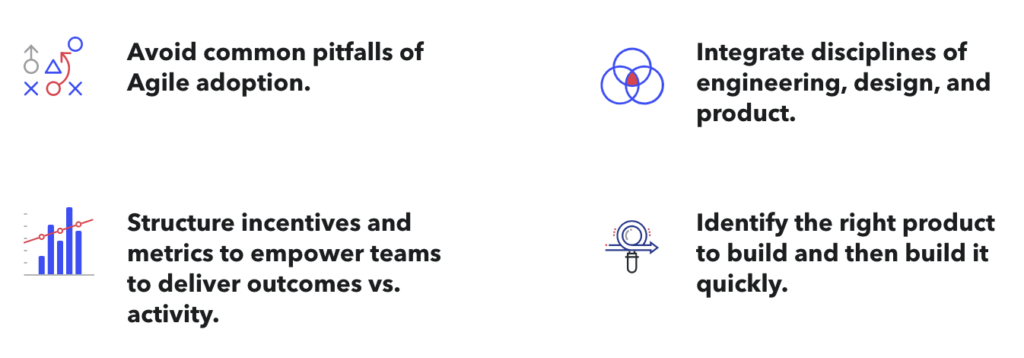

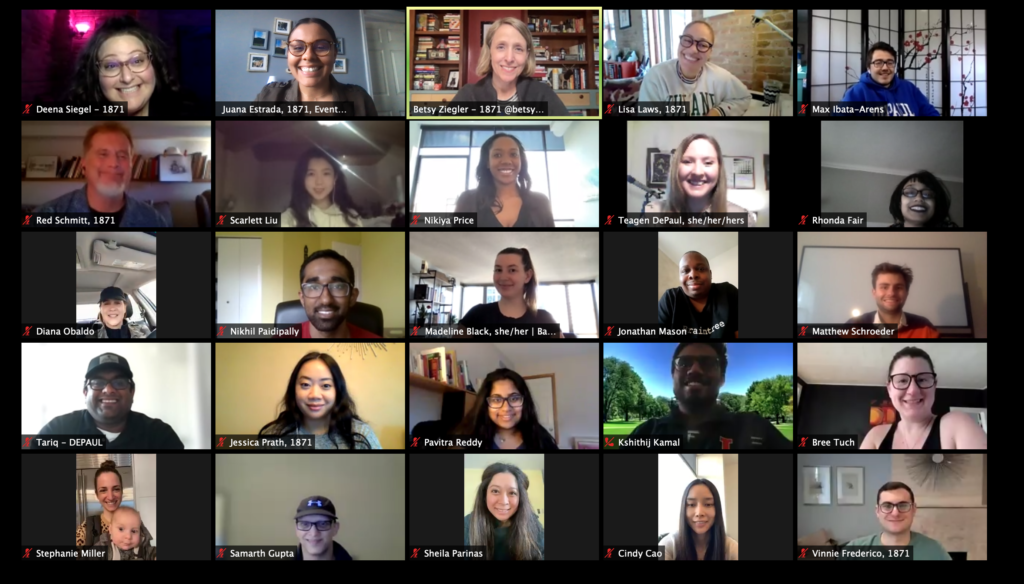
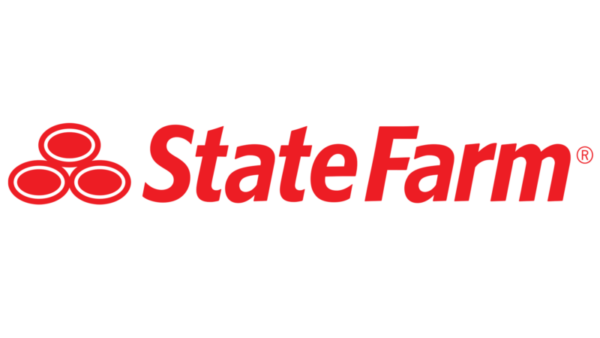
-jpg.jpeg)


